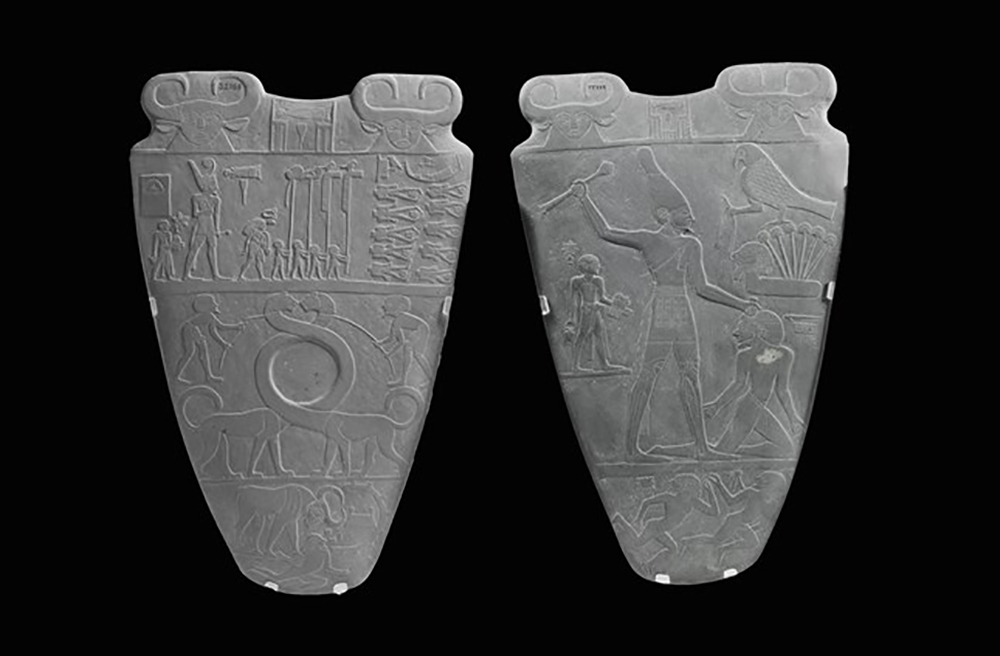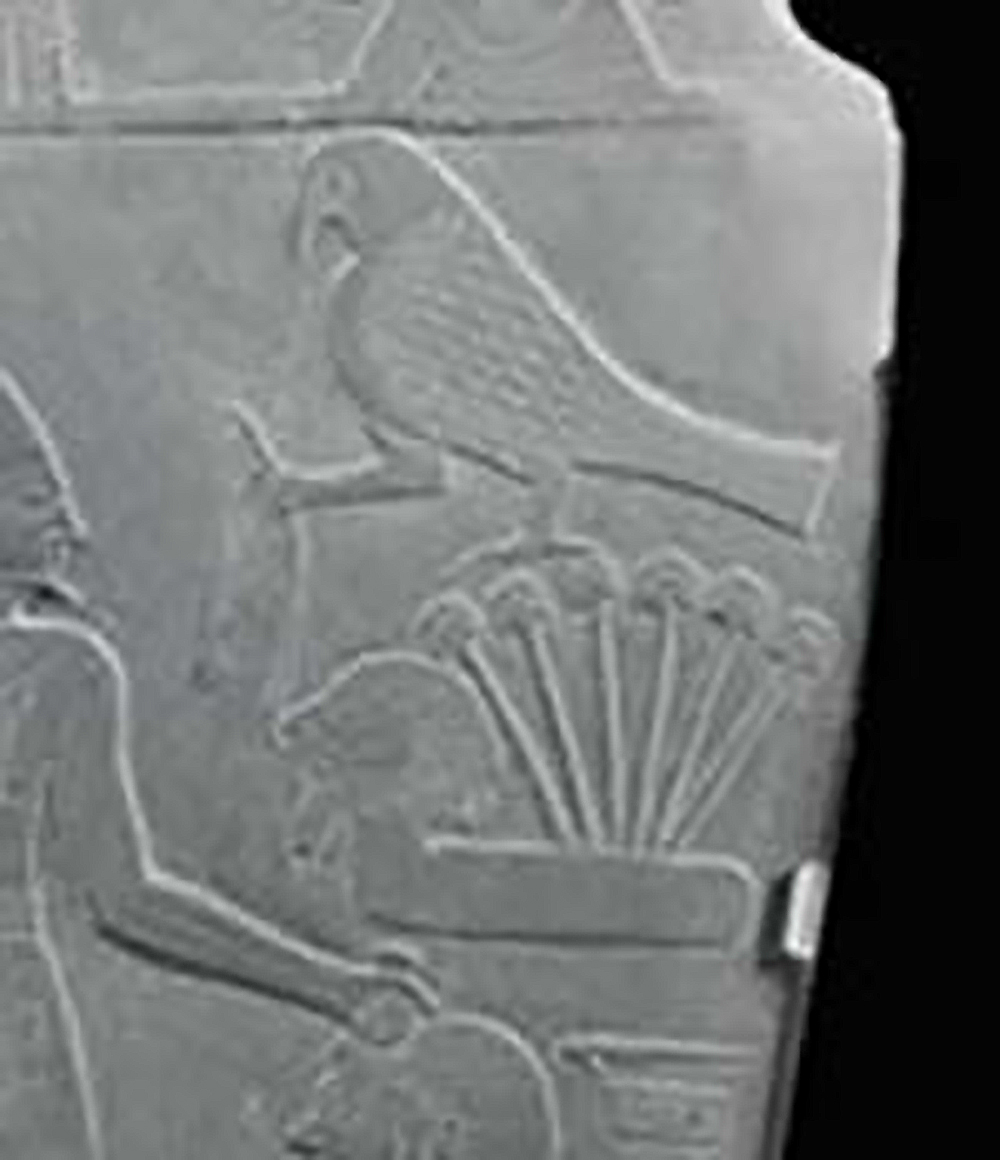- About MAA
- Membership
- MAA Publications
- Periodicals
- Blogs
- MAA Book Series
- MAA Press (an imprint of the AMS)
- MAA Notes
- MAA Reviews
- Mathematical Communication
- Information for Libraries
- Author Resources
- Advertise with MAA
- Meetings
- Competitions
- Programs
- Communities
- MAA Sections
- SIGMAA
- MAA Connect
- Students
- MAA Awards
- Awards Booklets
- Writing Awards
- Teaching Awards
- Service Awards
- Research Awards
- Lecture Awards
- Putnam Competition Individual and Team Winners
- D. E. Shaw Group AMC 8 Awards & Certificates
- Maryam Mirzakhani AMC 10 A Awards & Certificates
- Two Sigma AMC 10 B Awards & Certificates
- Jane Street AMC 12 A Awards & Certificates
- Akamai AMC 12 B Awards & Certificates
- High School Teachers
- News
You are here
An Ancient Egyptian Mathematical Photo Album: Early Hieroglyphs
The beginnings of mathematics and of writing are closely intertwined. It may even be that counting and keeping records of amounts led to the invention of writing. One place to view rare examples of early hieroglyphs is in the Egyptian Museum of Antiquities in Cairo. (The Grand Egyptian Museum, located in Giza, Egypt, is slated to open in 2022.) When the author visited Egypt on an MAA Study Tour in 2009, photographs were not allowed inside museums and certain other places, such as tombs in the Valley of the Kings. So, the images of early hieroglyphs below are from the internet.
The centralized government of Egypt, with the pharaoh at its head, had a need for counting numbers. Among other things, the bureaucracy kept track of supplies, soldiers, taxes owed, and taxes collected. Pictured in Figure 2 are inventory tags—claimed by some to contain the earliest hieroglyphs [Mattessich 2002, p. 196]. Notice the tally marks.

Figure 2. Very early hieroglyphs (ca 3700–3050 BCE) on inventory tags found in a tomb in Abydos. Retrieved from https://web.archive.org/web/20120415143131/http://www.dainst.org/en/project/abydos?ft=all.
Figure 3 displays another of the earliest examples of Egyptian hieroglyphs, the Narmer Palette, located in the Egyptian Museum of Antiquities in Cairo, Egypt. The palette tells the story of Narmer unifying Lower and Upper Egypt and dates to about 3100 BCE.

Figure 3. The Narmer Palette (ca 3200–3000 BCE) which contains early hieroglyphs. Egyptian Museum of Antiquities.
If we zoom in on the upper right corner of the side of the palette pictured on the right in Figure 3, we see a falcon, representing the pharaoh, above six papyrus plants, holding a person by a nose ring. The papyrus plant may be an early hieroglyph for 1000, which then evolved into the lotus plant hieroglyph. So this portion of the palette may be stating that Narmer took 6000 captives [Brier 2016].

Figure 4. 6000 in early hieroglyphs on the Narmer Palette. Detail from Figure 3.
Cynthia J. Huffman (Pittsburg State University), "An Ancient Egyptian Mathematical Photo Album: Early Hieroglyphs," Convergence (April 2022)




